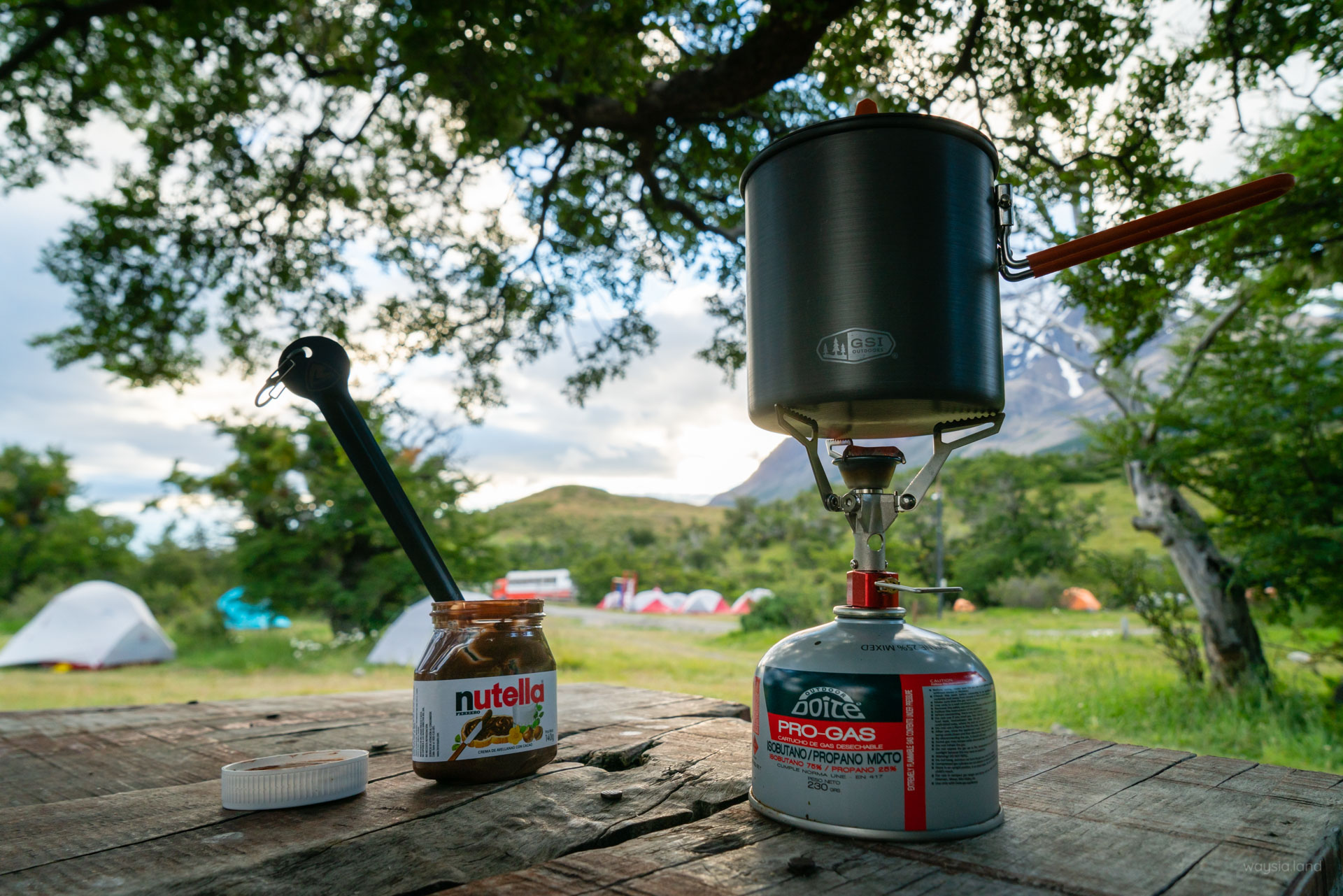Why is High Altitude Cooking Slow?
And what about boiling water to purify it?
To understand why cooking at high altitudes is slow, first, we need to understand the boiling point of water…
Boiling point of water
The boiling point of water is 100°C. 212°F for those stuck in the stone age. That’s pretty common knowledge. However, unless you do chemistry, what they don’t teach is that this is the boiling point of water at 1 atmosphere of pressure i.e. sea level.
Boiling point of water at high altitude
At high altitudes, water boils at a lower temperature as the boiling point of water depends solely on pressure, which is lower the higher you go.
For example, the boiling point of water at 3100m(10171ft) is 89.6°C (193.28°F).
So how does this affect cooking at high altitude?
From a hands-on perspective, you might initially be inclined to think that this is better thinking along the lines of “hey my water is boiling already I can drink it now” – this is actually the opposite thought process you should be having. If your water is boiling at say 89.6°C it means it’s evapourating at that temperature. If it’s evapourating at that temperature, it’s not going up to the usual 100°C – the highest temperature of the water will never exceed 89.6°C no matter how hot your stove is.
So while your water might be bubbling, it’s simply not as hot as you would normally think, and you’re effectively cooking/boiling water at a lower temperature – hence much slower cooking time. I initially discovered this while trying to cook pasta, wondering why it was taking simply forever to cook. You don’t even have to be camping, in certain places such as Bolivia, towns are at high altitude and cooking in your accommodation can be much slower than normal.
If you’re at a high altitude and boiling water to purify it you should leave it on the boil for longer. Remember, it’s the high heat that kills bacteria, not simply “boiling water”.

